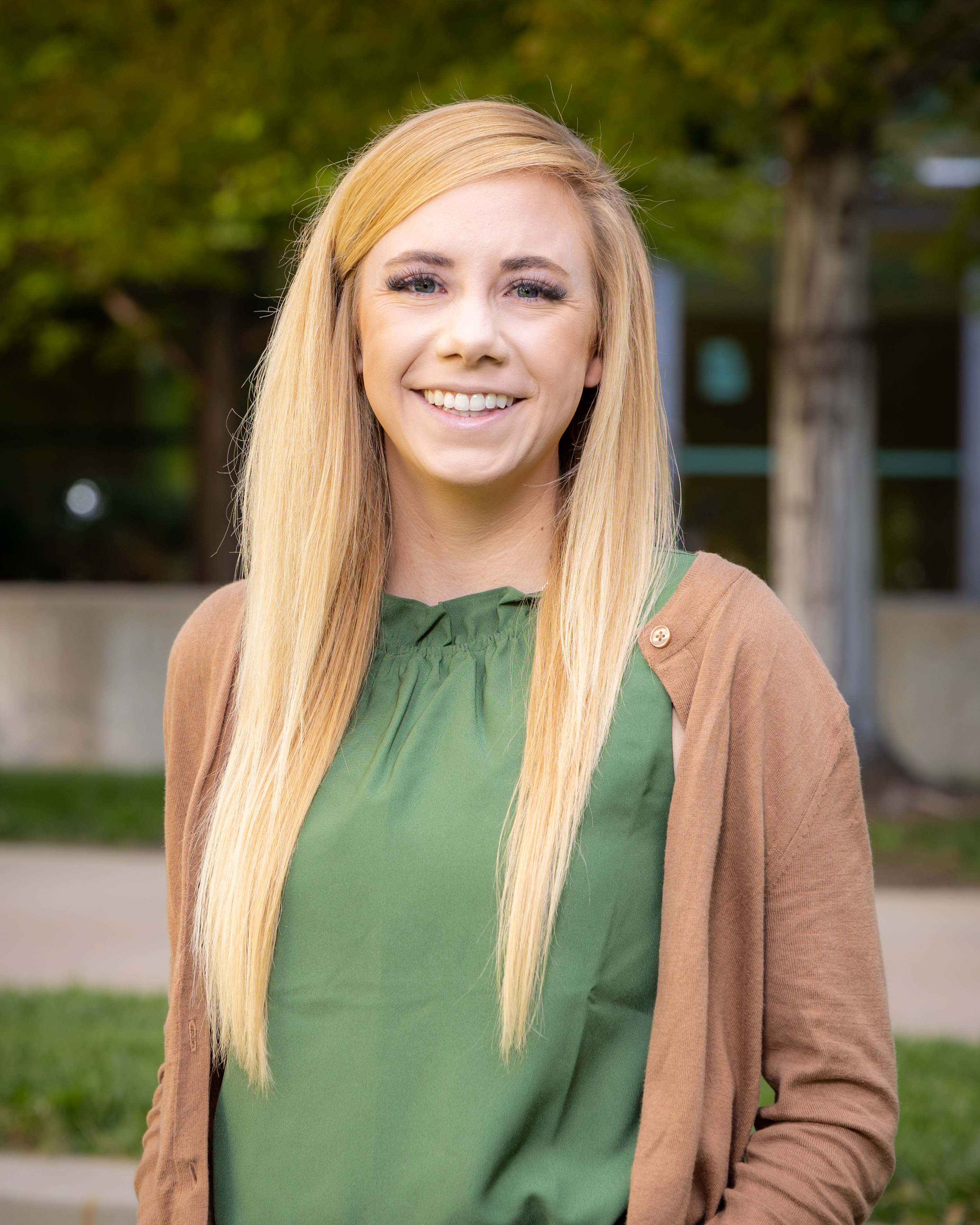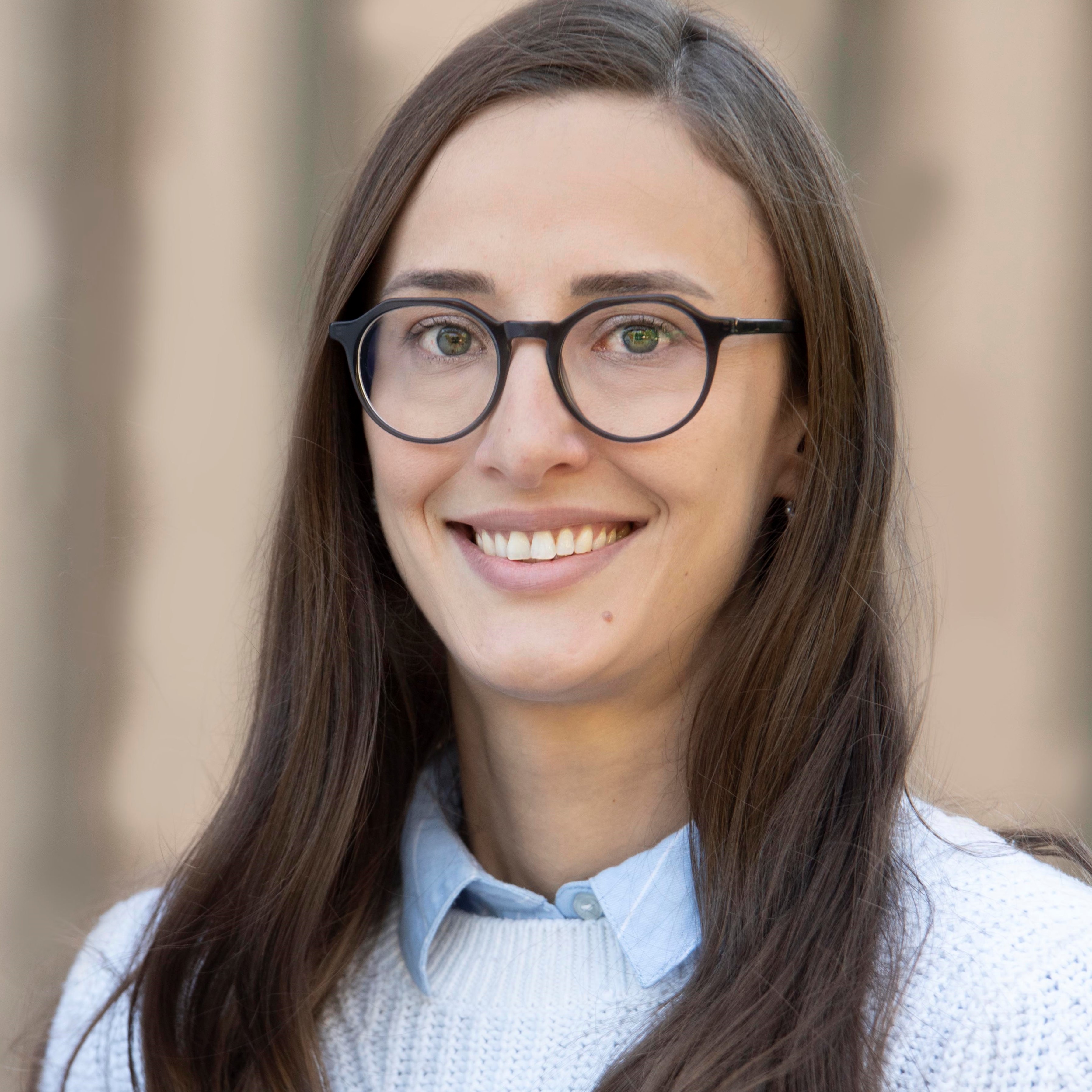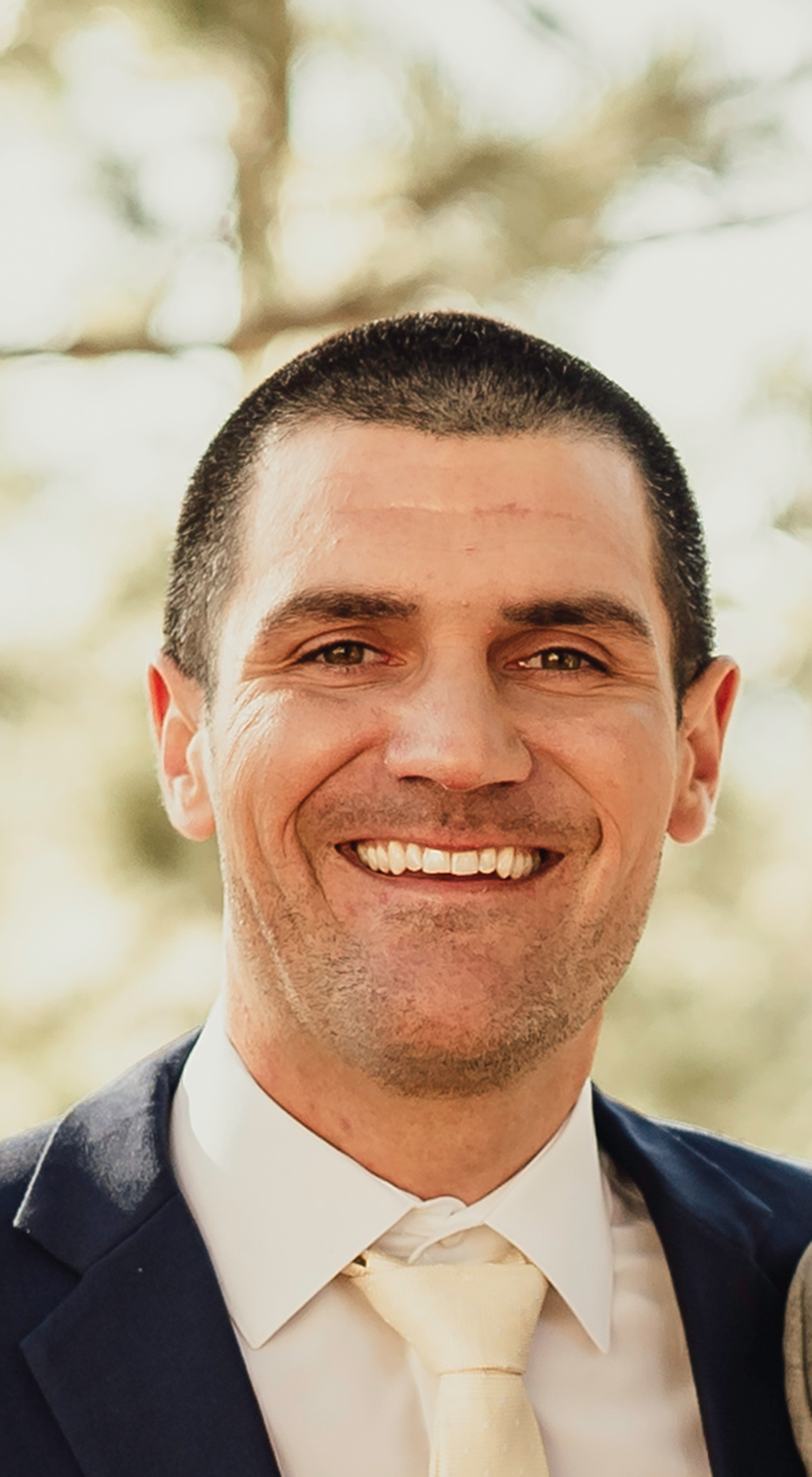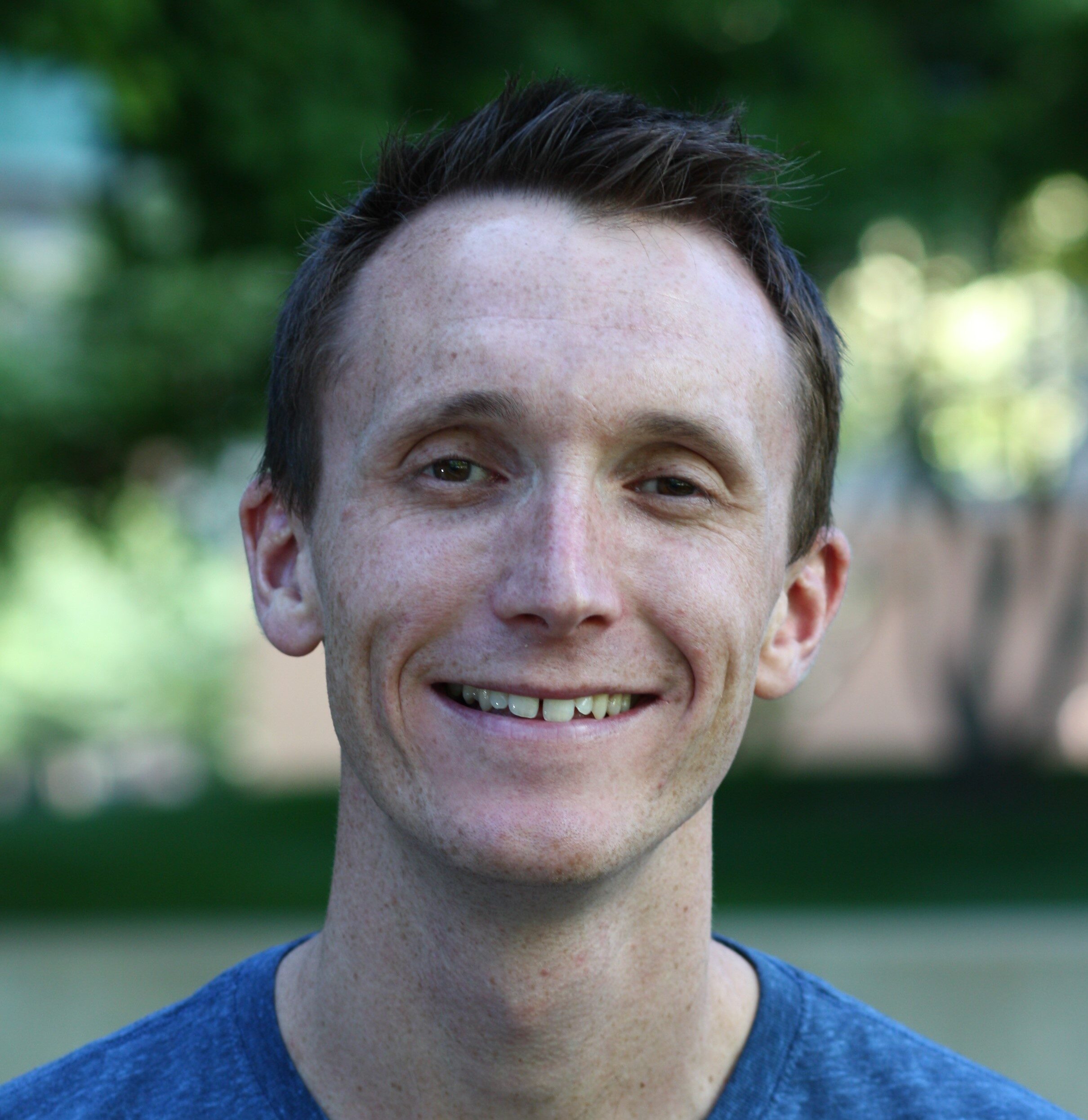
Dates of Funding 2024-2026
Project Title: "Quantifying the impact of first foods on the infant gut microbiota and immune health"
I am an Assistant Professor at the University of Colorado, Boulder. In this study, I aim to investigate how the first foods infants consume influence the development of their gut microbiome and its interaction with the immune system. Early-life diet plays a crucial role in shaping long-term health outcomes, including risks for obesity and autoimmune diseases. However, there is still a lack of evidence-based guidelines for optimal first foods. To address this, I will use metagenomic immunoglobulin sequencing (MIg-Seq) to study how different diets—specifically meat, dairy, plant-based, and control diets—affect IgA (immunoglobulin A) binding in the gut microbiota. My research will focus on how diet modulates IgA specificity and production, which in turn influences the colonization of beneficial microbes. Through this study, I hope to uncover dietary factors that promote healthy immune development and microbiome composition, with the ultimate goal of informing dietary recommendations for infants. This project builds on my expertise in microbiome research and has the potential to expand to additional study sites and populations.






































